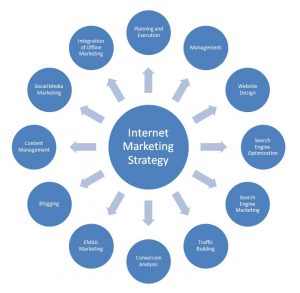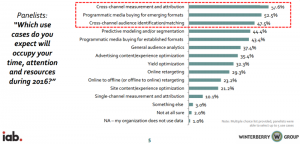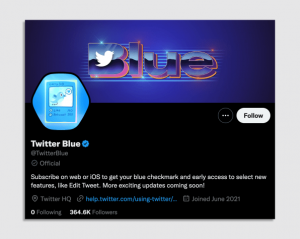The ABM Comfort Zone: B2B Brands Are Earning ROI
Account-based Marketing (ABM) is working for at least some B2B brands.
Of all B2B marketers, 53% of users say ABM generates more revenue than other marketing efforts. And it produces decent return on investment — for some.
Granted, 26% are unsure of the return on investment. And 26% say their ABM is 49% or less. But 17% enjoy ROI of 50% to 74%, and 12% generate more than 200%.
Meanwhile, 14% have ROI of less than 10%, and 4% from 75% to 100%. A mere 1% have a negative ROI.
Two-thirds of all B2B firms are now using ABM, the study says.
Of the B2B marketers polled, 27% began implementing ABM two years ago or more. Another 24% began between one and two years ago, and 15% began one year ago.
But 28% have not yet started — they plan to do so within the next year. And 6% do not currently have plane to start using ABM.
Their goals are:
- Generating new business — 74%
- Increasing revenue — 54%
- Increasing engagement — 46%
- Customer retention — 29%
- Other — 6%
Note: The sample for this survey is small: 100 respondents. But it may serve as a snapshot.
That said, the study shows that some brands are devoting a fair portion of their marketing budgets to ABM: 24% are allocating 50% to 74% to ABM. And 6% are spending from 75% to 100%.
However, 31% are devoting from 11% to 49%, and 23% are devoting less than 10%.
And ABM is used in a fair percentage of their marketing efforts:
- Between 11%-49% — 31%
- Between 50%-74% — 29%
- Less than 10% — 23%
- Between 75%-100% — 5%
- Unsure — 12%
How do they measure success? With these metrics:
- Pipeline created — 51%
- Revenue generated — 50%
- Won accounts — 41%
- Account engagement — 36%
- Engagement metrics — 33%
- Customer retention — 22%
- Campaign metrics — 19%
- Cost acquisition — 17%
- Deal size — 12%
- MOAs — 10%
- Other —5%
Several of these metrics cover email marketing. For example, those on engagement and campaign results. Companies need a reliable email system that can be used by sales teams, and a real-time data feed.
As in all marketing, silos are an inhibiting factor. But some brands say ABM produces an increase in sales and marketing alignment:
- There has been a significant increase — 28%
- There has been a moderate increase — 47%
- There has been no increase — 4%
- There has been a decrease — 2%
- Unsure — 19%
(12)




